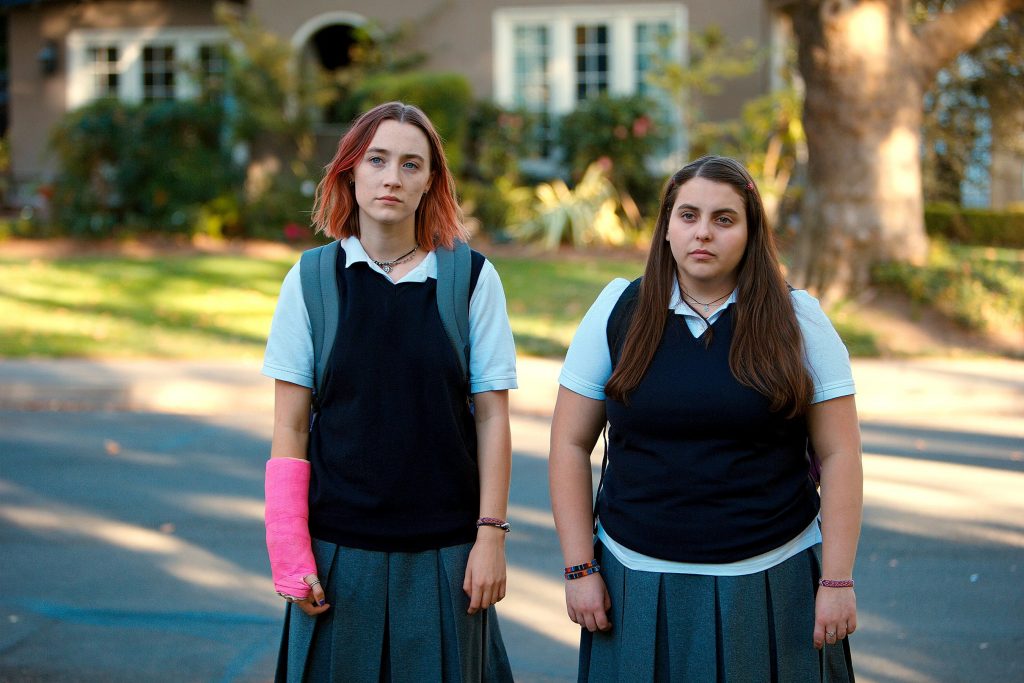By Sarah Belger
Deep friendships, first loves and teenage angst ÔÇô no other genre does a better job at encapsulating the many ups and downs faced on the journey from childhood to adulthood, than coming-of-age films. With directors and writers often drawing on past experiences as inspiration, they are able to provide an atmosphere of nostalgia, to which almost anyone can relate in one way or another. Leaving home and making decisions on the rest of your life ÔÇÿis a setting simply too perfect for a portrayal of character growth’. Who doesn’t remember their first awkward interaction with a crush or strained relationships with parents growing up? The sheer scope and variety of topics covered in coming-of-age films means there really is something for everyone.
This relatability is what often makes coming-of films so encapsulating; that combined with countless pop culture references and soundtracks you’ll want to listen to on repeat for weeks on end.┬á
The idea of personal growth is one of the most crucial elements in any good coming-of-age film. Especially in recent years, the genre has been used to dispel the myth that teenagers are only one-dimensional characters, both on and off screen. While there are a number of ÔÇÿstock characters’ which are often repeated, they always play some sort of role in the protagonist’s overall development and in helping to drive the plot forward. An example of this, and a film which has received huge critical acclaim, is Greta Gerwig’s 2017 solo-directorial debut Lady Bird. The film is centred around the fierce protagonist of Christine ÔÇÿLady Bird’ McPherson and her relationships with her best friend, her mother and her first romantic interests; characters which are seen as fairly standard within the genre. Gerwig’s elegant portrayal of Lady Bird’s final year of high school proves that female friendships do not simply revolve around their relationships with boys. She explores in great detail the relationship between a mother and daughter while also accurately displaying the complexities involved in navigating your teenage years.

Coming-of-age stories do not always have to be the centre of a film’s plot though. They can also be found as one aspect of a character’s or narrative’s development. Take Spider-Man: Into The Spider-Verse as an example. Miles Morales is dealing with many of the struggles which are reflected in your typical coming-of-age film while he deals with family betrayals, however you would be hard pressed to find someone who highlights this as the main crux of the film. The focus is much more on him coming to terms with his new powers and the film undoubtedly falls into the action genre. Much to the same extent, Fighting With My Family is a film about wrestling, not just about the ups and downs that come with adolescence. It’s not that these ups and downs are not relevant, just that this aspect of the plot and of Paige’s development are more of a secondary storyline.
This leads to the question of what it is, if anything, that separates a coming-of-age film from any other ÔÇÿteen movie’. In general, it can be defined by the ÔÇÿlevel of emotion and response from audiences’, with teen movies often being more light-hearted and comedic and coming-of-age films prioritising the emotional turns of the character arcs. This take on what makes a coming-of-age film also highlights a shift in the genre as a whole since its inception in the 1950s.
The Breakfast Club (1985) arguably stands as a blueprint for a classic coming-of-age movie, with all character development taking place in seemingly very fixed roles. Since then, it has been demonstrated time and time again that this kind of personal growth is rarely such a seemingly straightforward process. The stories we see on our screens today offer a much more realistic view of the teenage years. This is certainly not to say that The Breakfast Club isn’t at all relatable or valid as a coming-of age-film, it just reflects the fact that as times change in the ÔÇÿreal world’, this is of course mirrored in the films being made. The main, overarching themes have stayed the same throughout the years: developing empathy towards others and finding your feet in the transition to adulthood.


